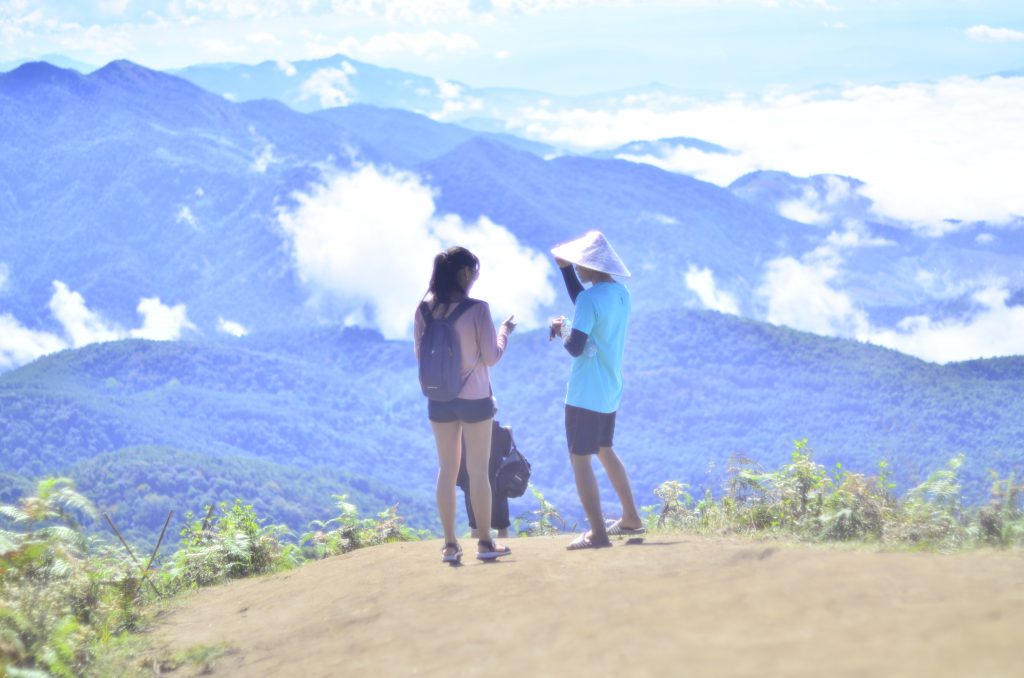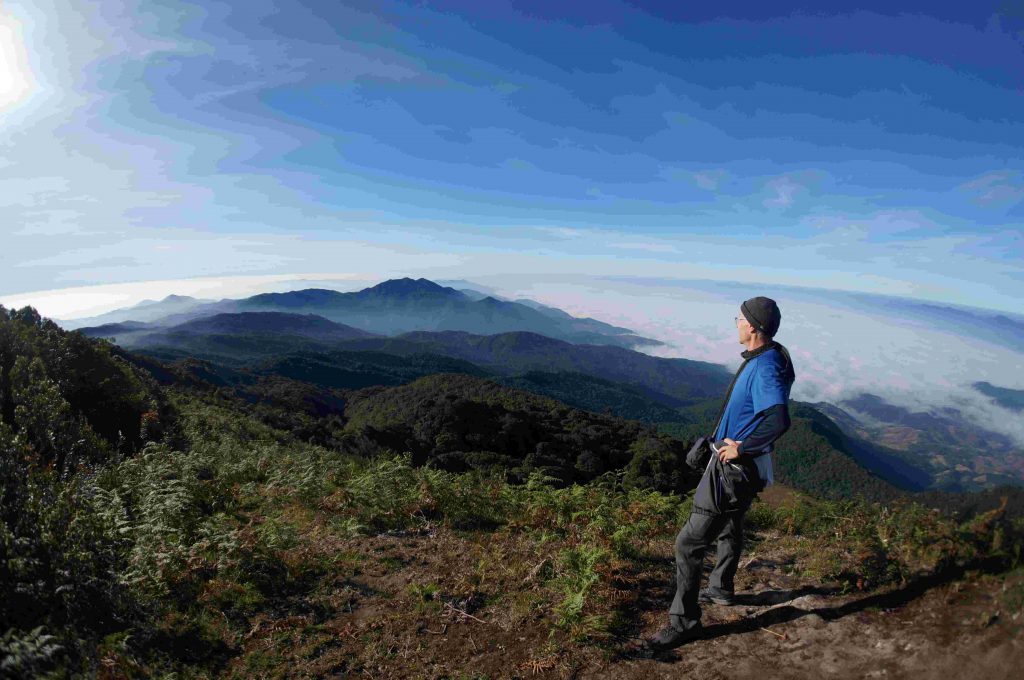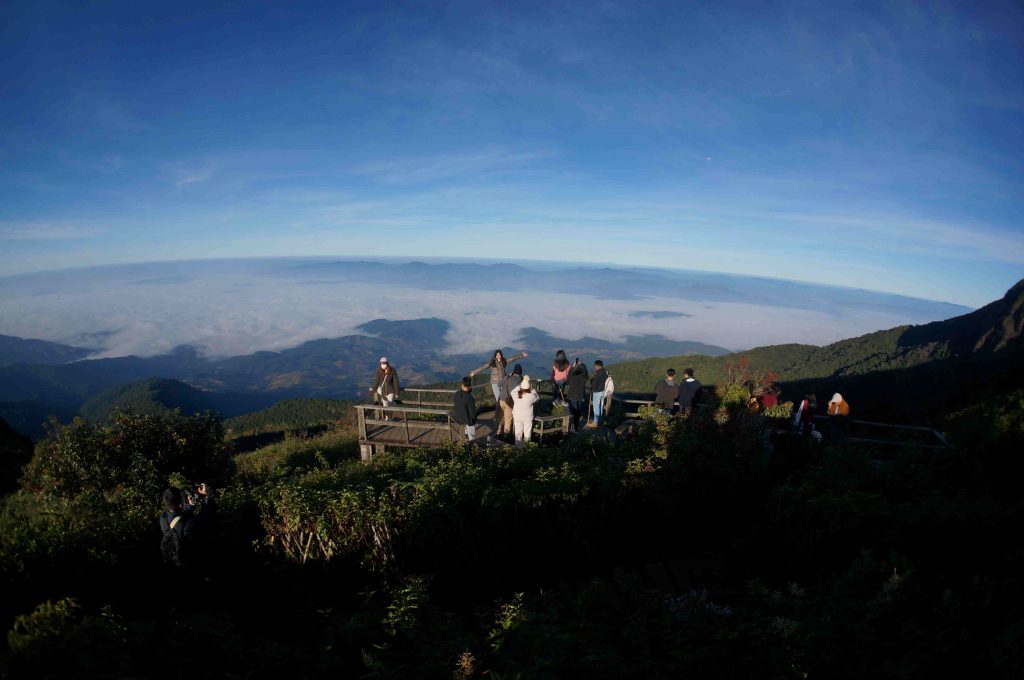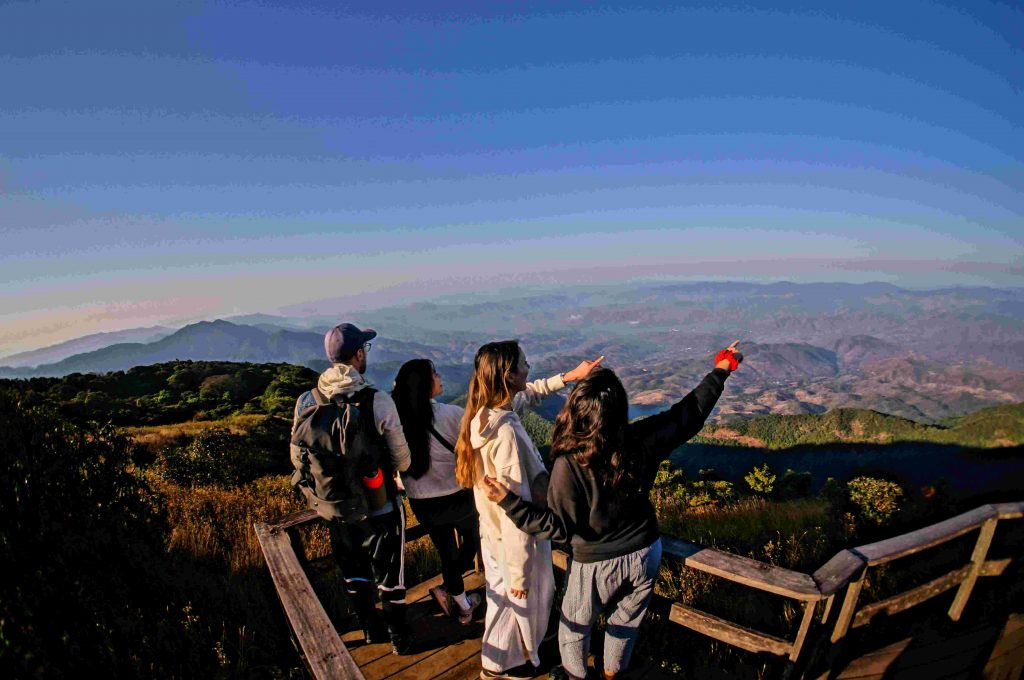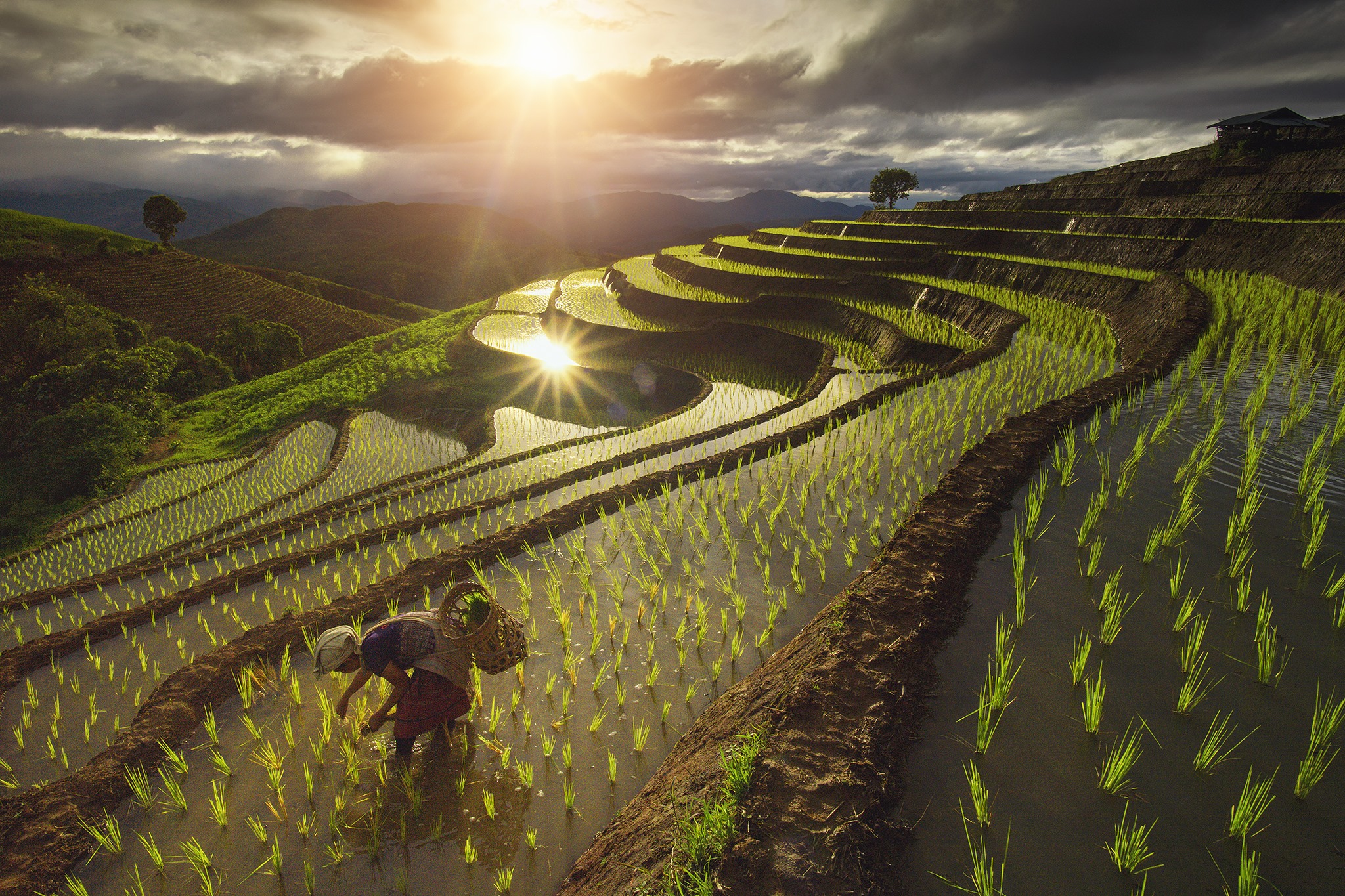TEE WATERTOWN
tours
PA PONG PIANG ( The best rice terrace, unknow for foreigners )
The view of these stunning rice terraces is best enjoyed, relaxing, which is perfect moment to be here. The best time to visit July-November ( rainy season).
Pa Pong Piang is the best secret rice terrace in Chiang Mai. It might be complicated to get there because there is no public transportation and you have to pass the national park ticket get there. Pa Pong Piang is the rice fields of Karen hill tribe, there are lots of mountains in Doi Inthanon national park. In the area you see called Mea Chaem. It is a peaceful place in the located of Karen village, the guide can take you to explore the village, learn about their activities and simply lifestyle.
There are many rice terraces pictures spots to be visited in the area. The Best is to spend the night over in one of the village and really take time to visit around. Local accommodations are limited; you have to contact us before booking a tour with us and we will confirm to you again.
Ban Pa Pong Piang is located about 121 kilometres from Chiang Mai city (2.30 hours’ drive). It is best to get there with a 4 wheels truck as there are no public transportation to the village. This destination is fast becoming popular with Thai tourists, but still little known to foreign visitors. It will soon become one of your best souvenirs from Thailand.
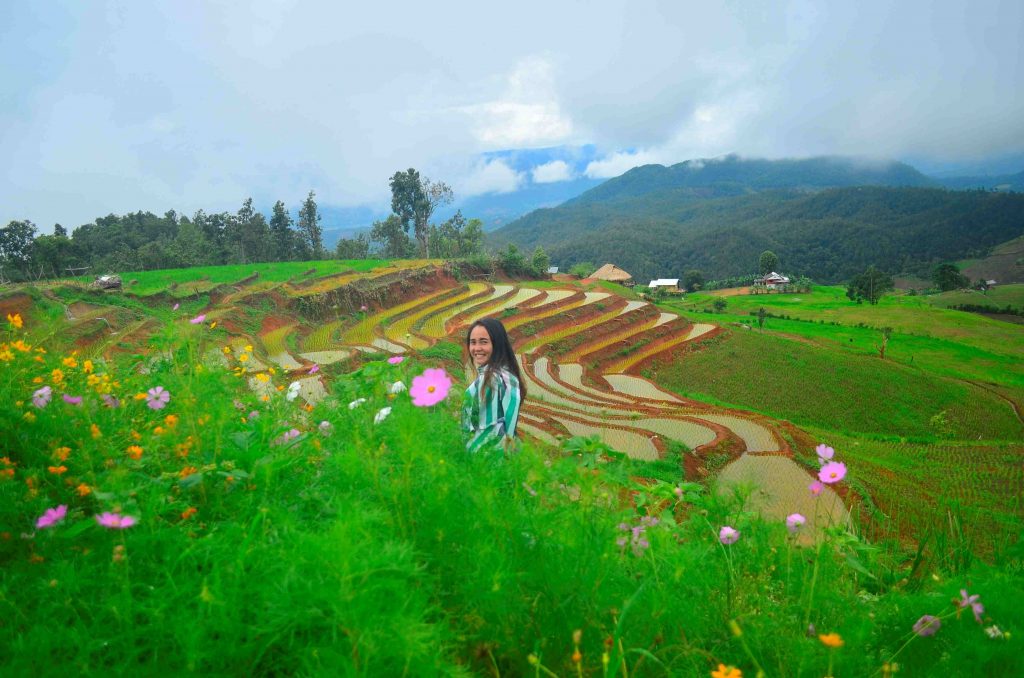
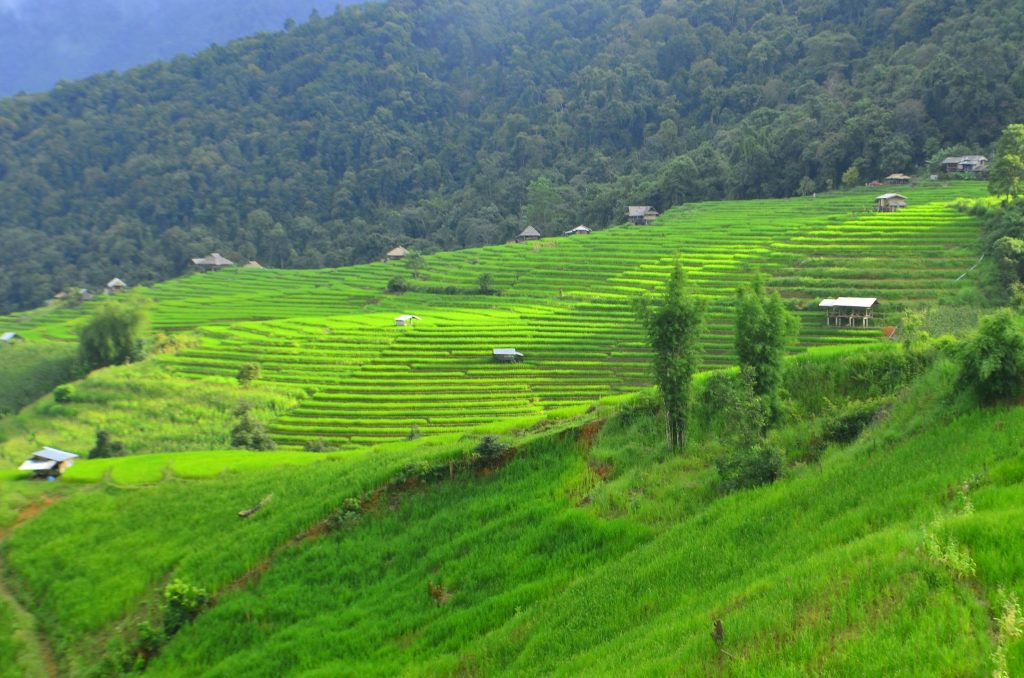
KEW MAE PAN NATURE TRAIL
Available months for tour = January to May, November and December. Click to book
Kew Mae Pan Nature Trail is a must-do hiking and trekking trail not to be missed by nature lovers. It is located inside the area of Doi Inthanon National Park, home to Thailand’s highest peak.
Visitors to the National Park should include visiting this trail on their itinerary because the reward of hiking this short distance (2.78km) natural walk could be the most beautiful panoramic view you will ever see in Thailand.
This green highly-rated trail takes about 2-3 hours to finished and suitable for beginner level hikers. However, it is not recommended for people who cannot climb stairs because some trail parts require uphill hiking.
The trail sits at 2,200 meters above sea level, just a few hundred meters below Thailand’s highest peak (2,565 meters). Take note that Doi Inthanon National Park is opened all year but Kew Mae Pan Nature Trail is closed from June to October i.e. the raining season.
Kew Mae Pan is a circular hiking trail, meaning visitors will go all the way right back to the starting point led by the Hmong guide. The walking trail can be divided into 3 stages, consists of a total of 21 stations. At each station, there is an interpretive sign in Thai and English language explaining different landscape and ecosystems of the trail.
The first stage is a dense cloud forest walking trail (station 1 – 6) full of moss and ferns. The evergreen forest is a watershed area because of its key role in trapping moisture in the cloud. One can hike slowly enjoying the cold fresh oxygen from thin air. Trees are high but not thick, struggling to get light while the cloud regularly hits the mountain and soaks the whole forest with high moisture. Mae Pan Waterfall is at station 3.
The second stage (station 7 – 14) is a walk through the scenic open grassland whose bright sunshine is warmer than a walk in the forest. This wide area changes colour from green in raining season to beautiful golden brown during the dry season. Station 9 is the panoramic viewpoint to take “that” breathtaking mountain view shot and where early risers waiting for the beautiful sunrise.
Depending on the weather, the visibility could be a clear sky mountain view or trapped in a mountain covered with mist, sometimes with a magnificent view of sea of cloud. If you want to catch the sunrise, it starts at 6.40 am and sun fully out around 7.00 am.
Upon station 9 is the start of opposite direction. Station 12 is an area where the pathway is narrow between two slopes (i.e the ridge, or in Thai “Kew”, hence the name). On the left is where the sun is shining with the slope falling into the green and dense forest. On the other side, it’s a moist forest where the mountain just drops into a plunging valley that merges into other valleys.
Between station 14 and 15 is the point where the King and Queen chedis i.e The Pra Mahathart Napamaythaneedol Chedi and the Pra Mahathart Napapoommisiri Chedi can be seen.
From station 15 is the last stage where we are back into the forest again. The temperature in the forest is a few degrees lower than outside and it could fell to as low as 0°C during winter time (December – February).
Near the end of the trail, there is a podium at station 20 for visitors to rest while enjoying the sounds of nature. You can hear the sound of the wind and birds singing like a band and lapping water sounds.
